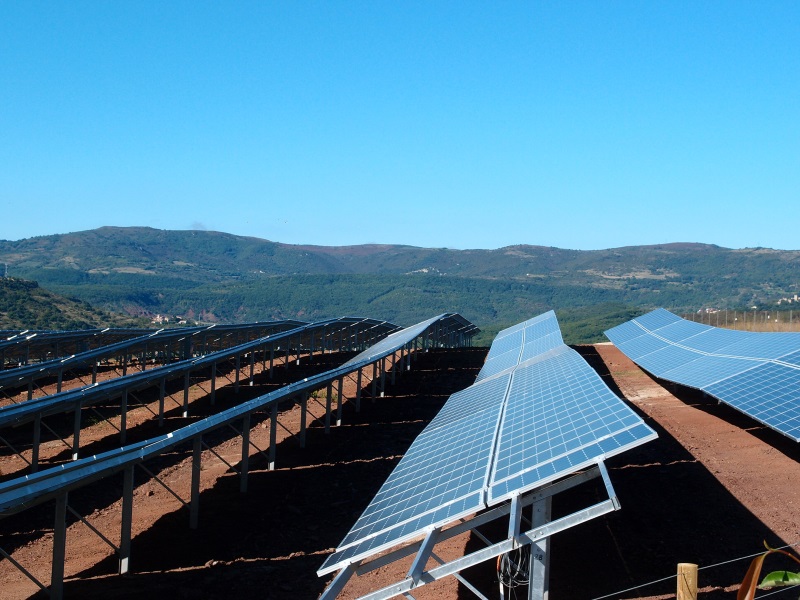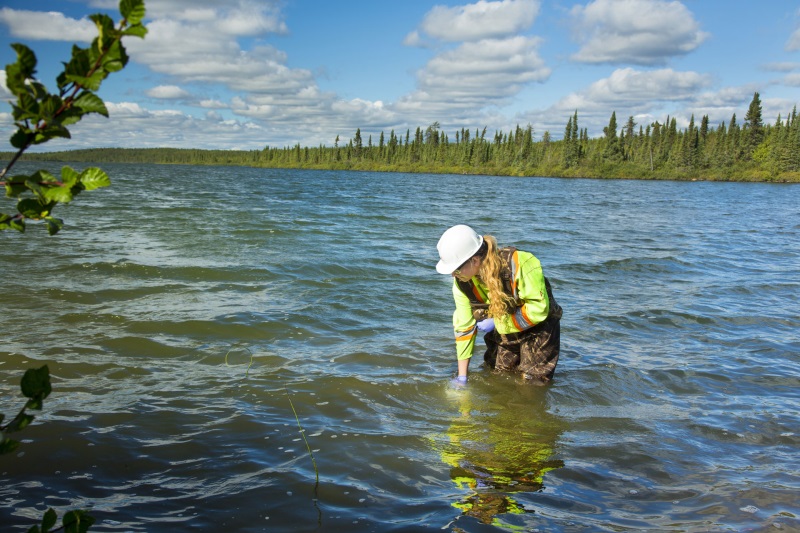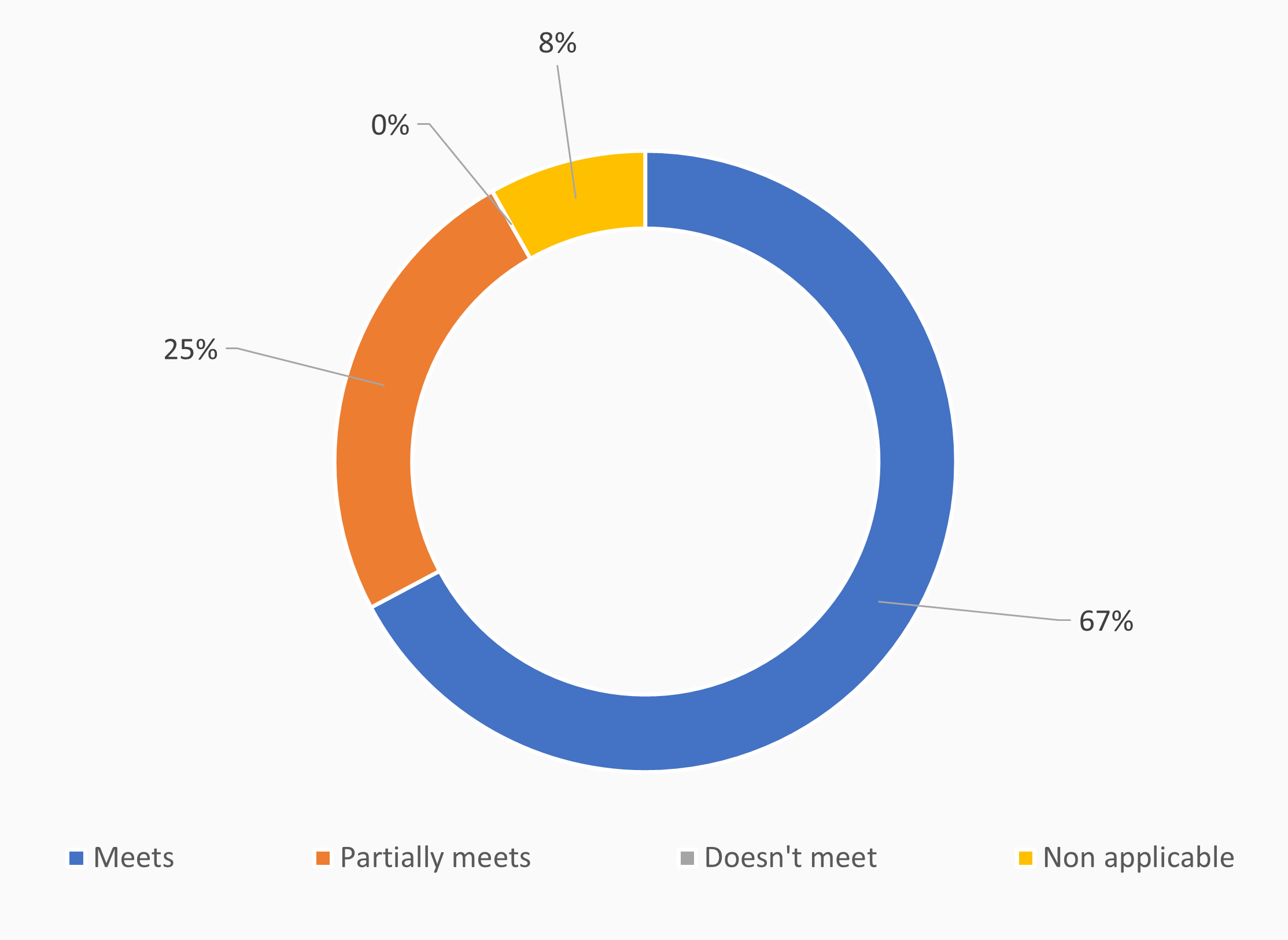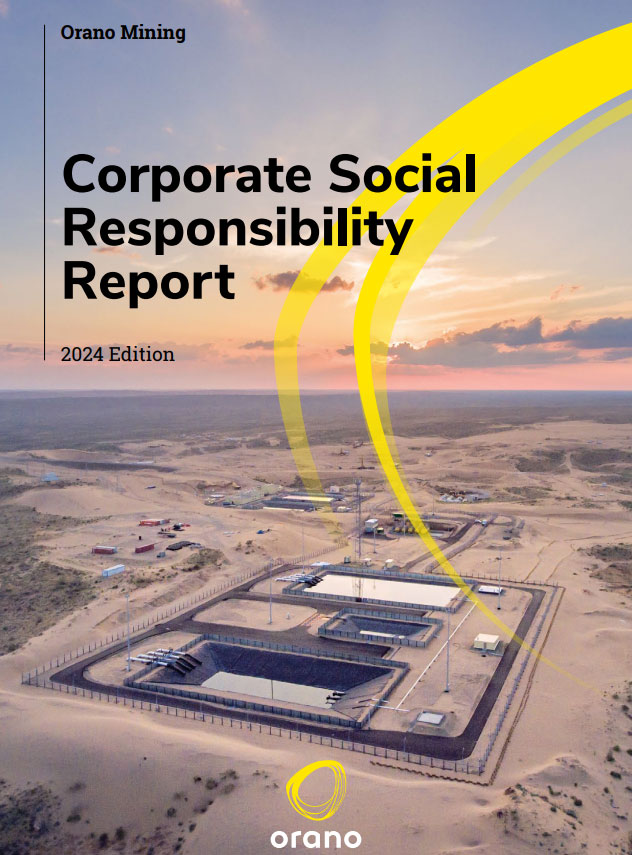
Leading uranium producer

Mining activities, a pillar to the Orano offer
Operating at every stage of the uranium cycle
Committed to responsible mining, Orano is a major player in the international uranium industry. Having developed expertise at every stage -- exploration, development production, marketing and re-development -- Orano is able to supply uranium for power generation to all its clients across the world.
years: the visibility Orano has on production for its customers, thanks to a diversified portfolio of resources and reserves
Engaged Mining Leader
Our Front-End solutions
-
Front-End Solutions to Your Business Needs – Uranium Mining, Chemistry, EnrichmentDownload
Press Release
Operating on 4 continents to guarantee resource diversity
Responding to growing electricity needs across the world
As the world's nations strive to cut greenhouse gas emissions in half by 2050, while multiplying electricity production by a factor of two in response to growing demand, nuclear power remains a vital source, alongside renewable energies. Orano contributes by developing nuclear materials that will enable electricity production at a competitive price, particularly in China.
Orano’s key mining and processing sites
Orano mines uranium ore in accordance with the characteristics of each deposit: grade, depth, environmental context, presence of by-products, and local geology.
Exploration for new uranium deposits to ensure sustainable supply
To develop a portfolio of resources and reserves and secure 20 years of production visibility, Orano dedicates significant resources to the search for new deposits. The Group carries out continual drilling campaigns, geophysical and geological studies.
The exploration process, to confirm a new deposit, takes place over several years, from the discovery of the very first clues during prospecting, exploration by drilling until the confirmation of a potentially exploitable resource.
This exploration continues throughout the life of the mining project in an attempt to identify additional resources near the initial deposit. The prospecting is done in successive stages:
• geological study of the region
• interpretation of remote sensing images
• inspection of subsoils by geophysical methods
• measurements of radioactivity in the field
• study of soil and water chemistry
• conduct of surveys for the acquisition of in-situ geophysical data
• analysis of samples taken in soundings
These studies make it possible to detect potential uranium resources and characterise deposits that can become the focus of future mining operations.
Exploration Programs :
- Canada: Athabasca Basin
- Ouzbékistan : Navoi Region
Development Programs :
Orano Mining is conducting development programs in the vicinity of its mines in Kazakhstan and Niger to support the current production.
Developing profitable mines
It is the development phase that determines the technical, economic and environmental viability of a mining project.
The key stages of the development process
- Confirm resources identified by geologists
- Characterize the deposit and the ore it contains
- Choose the ore extraction and processing techniques most suitable using an industrial pilot phase
- Identify and build the infrastructures needed to operate the mine
- Assess the project’s societal and environmental impact at the local level
- Prepare the re-development plan
Cutting-edge technologies to extract and process uranium ore
Multiple mining modes for improved yield
Orano holds expertise in mining for multiple types of mines, open-pit mines for shallow deposits and underground mines for access to deep deposits. The Group is an expert in the in situ recovery technique (ISR) for low-grade deposits; this technique is used only when the ore is located between impervious soil layers, as in Kazakhstan and Mongolia.
Innovative techniques for non-conventional mines
The mining experts at Orano develop innovative techniques to exploit non-accessible mines using conventional techniques and to improve the performance of existing mines.
For example, for the Cigar Lake deposit (Canada), where the uranium content is extremely high and soils are saturated with water, Orano has developed a fully-automated hydraulic mining method known as Jet Boring so that not a single miner is in contact with the ore
Jet Boring stages
- Land frozen via a cooling liquid circulating in underground pipelines
- Ore cut using a high-pressure water jet
- Ore mixed with water collected and pumped to the surface

The Bessines Center for Innovation in Extractive Metallurgy (CIME)
In this internationally renowned laboratory, Orano improves mining processes and conducts research to design new ones.
CIME: New state-of-the-art facility
Uranium ore processing: from leaching to concentration
The ore is crushed immediately upon exiting the mine, then turned into a solution using chemical reactants. This ore treatment process, referred to as lixiviation, precedes the purification stage. The uranium is then extracted from the solution by a precipitation process before being purified, dried and calcined to result in a natural uranium concentrate: yellow cake, which contains 80% uranium (or 800 kg per ton).
Two leaching methods are used depending on the grade and nature of the ore:
- Static leaching for low-grade ores: the ore is stored in piles in a sealed zone, and watered with a suitable chemical solution.
- Dynamic leaching: the process is carried out in a liquid medium, in tanks.

The issues at stake in re-developing and enhancing former uranium mines
Reintegrating the site into the environment and within the populations
Redeveloping and conducting environmental monitoring on mining sites bring many disciplines into play. A full-fledged area of industrial expertise re-development is taken into consideration from the very start of the mining project and is aimed at limiting the impact on the population and environment to the lowest level reasonably possible.
Re-developing and conducting environmental monitoring on former mining sites requires real know-how. Orano Mining was entrusted with this public service mission by the French State, even when the Group was not an operator, because of its recognised expertise in mining management and its commitment to environmental and social responsibility.
- Stakeholder consultation and compliance with international regulations
- De-commissioning at existing facilities
- Re-development and re-greening at former sites
- Surveillance both radiological and environmental
- Managing land restoration projects

Giving a new life to former mining sites
Developing a new life, or restoring, former mining sites is part of Orano Mining's desire to develop its land assets on the territory and help maintain a local socio-economic fabric.
The restoration plan is drawn up following coordination of all the local stakeholders involved. It guarantees former mining sites a future and integrates them into the region, by developing business operations, recreational activities or conservation for sites with high environmental value.
A successful mining site redevelopment project
The mining site in Bosc (Hérault):
- Redevelopment carried out between 1998 and 2002
- Site surface area: 220.5 hectares
- Institution of a solar power plant in 2013
- 35,354 photovoltaic plants installed, or 13 million kWh
former uranium mining sites managed in France
Experience in re-development in France, Canada, the United States and Gabon and Niger (COMINAK remediation in progress)
Orano Mining: sustainable commitments in the field
Somaïr and Cominak Mines

Orano, a responsible mining player

Orano wants to be an efficient and exemplary player to secure the long-term development of its activities. As a responsible miner, its objective is, in a truly pro-active manner, to manage the social, environmental, societal and technico-economic issues arising from its activities at each stage of the mining cycle, in a sustainable, coordinated and balanced manner. The Group is a member of the International Council on Mining and Metals (ICMM) and is committed to adopting the principles established on the basis of the sector's best CSR practices and to working with other mining players to further advance them.
All of Orano’s operating mining sites, as well as the Bessines-sur-Gartempe industrial platform, have gained :
- ISO 14001 certification
- OHSAS 18001 and/or ISO 45001
Our social and environmental responsibility
2024 was marked by continued positive momentum for the nuclear sector and for Orano Mining. We made significant progress in production, investment and diversification.
In an unstable world, we chose to remain true to our values and our purpose. This means pursuing our decarbonization plan by further improving the energy management of our activities, continuing our positive societal activities and defending the interests of our employees – even in complex situations such as in Niger, following the coup d'état of July 2023 – as well as putting in place the Respect action plan, initiated as a result of the survey on respect for diversity conducted in the previous year.
Orano Mining's future is being built boldly and with commitment while maintaining our top priority: the safety of our employees and subcontractors. Our diversification strategy, our capacity to innovate, and our commitment to responsible operations enable us to ensure a sustainable future for our industry and our partners.
I would like to sincerely thank all our teams, subcontractors and partners across every continent, who contributed to the results presented in this report.
Xavier Saint Martin TilletPresident of Orano Mining
Our previous CSR reports
| Title | Type | Size | |
| 2023 responsible development report | 8692 KB | Download | |
| 2022 responsible development report | 17504 KB | Download | |
| 2021 responsible development report | 23263 KB | Download | |
| 2020 responsible development report | 21680 KB | Download | |
| 2019 responsible development report | 19836 KB | Download | |
| 2018 responsible development report | 12301 KB | Download | |
| 2017 responsible development report | 18291 KB | Download | |
| 2016 responsible development report | 18850 KB | Download | |
| 2015 responsible development report | 18221 KB | Download | |
| 2014 responsible development report | 26048 KB | Download | |
| 2013 responsible development report | 21148 KB | Download | |
| 2012 responsible development report | 8402 KB | Download | |
| 2011 responsible development report | 6929 KB | Download | |
| 2010 responsible development report | 8199 KB | Download |
Gilles Récoché'interview, Vice President Responsibility, Commitments and Communications
ICMM Performance Expectations Outcome Self-assessments 2021

